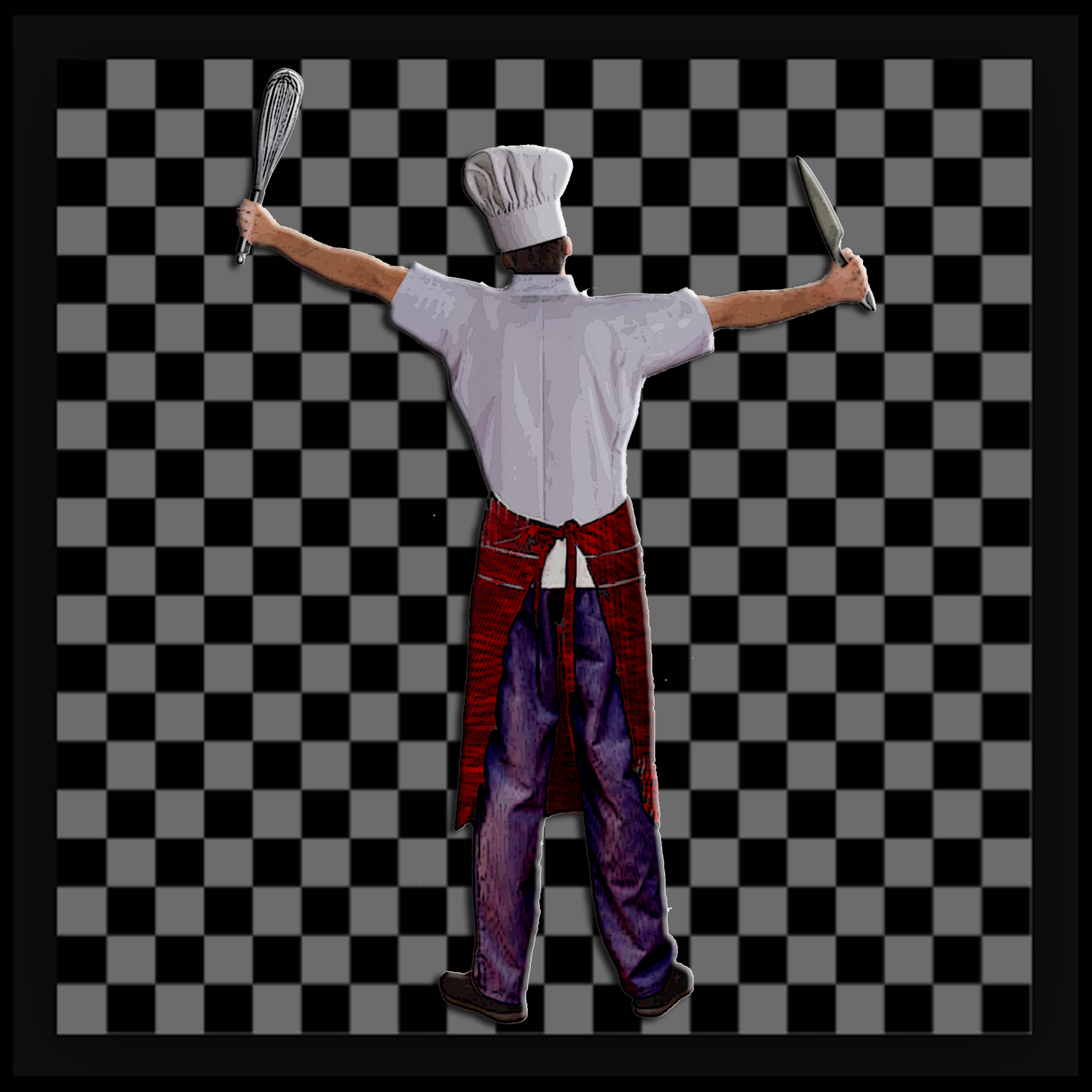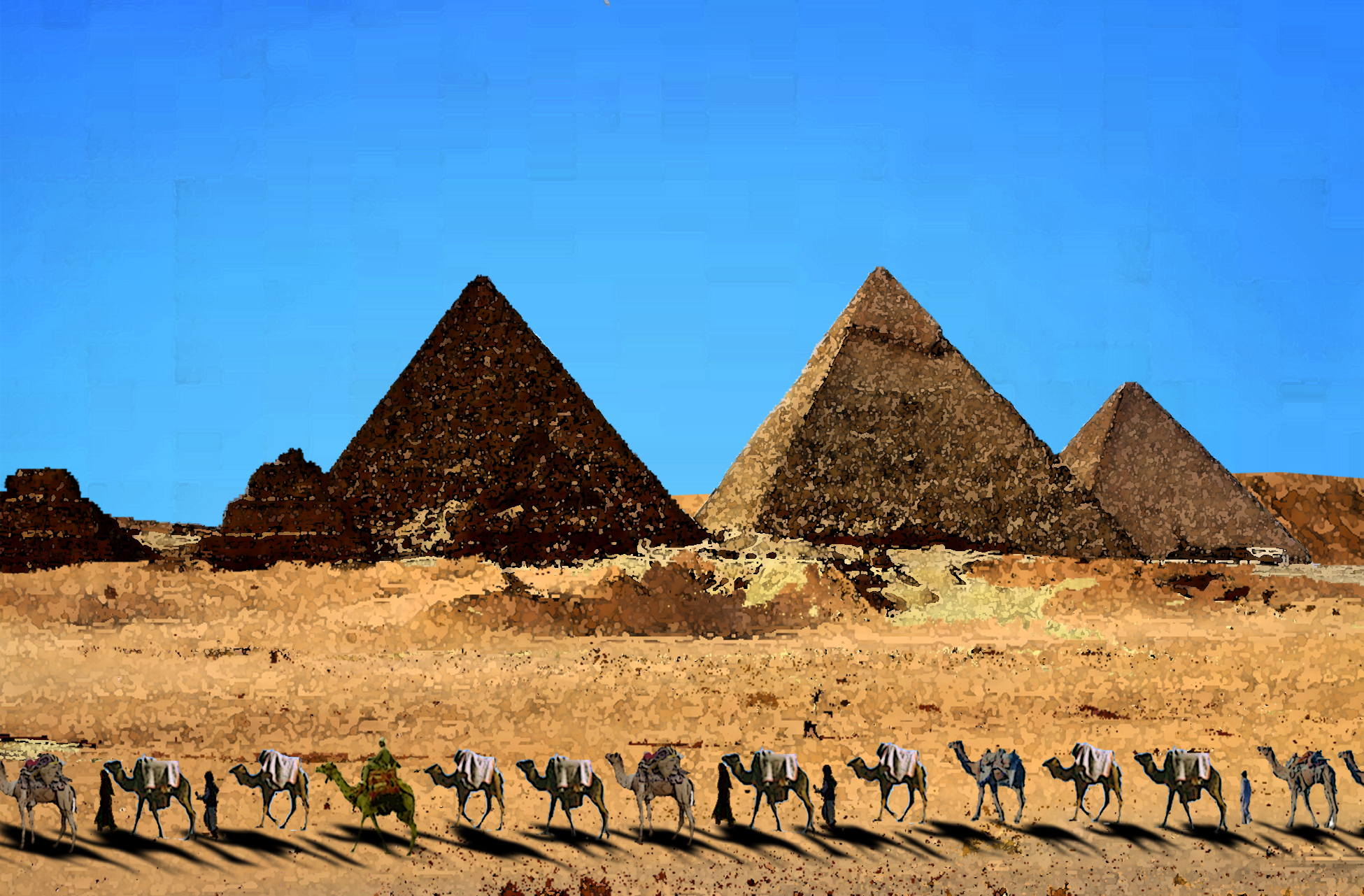
Food Ignorance Covenant
April 24, 2014
Become a Chef
May 8, 2014Food Chain Radio Michael Olson
Urban Farming Agriculturalist
SPICES OF LIFE
How have spices spiced up history?
Guest: Gary Paul Nabhan, PHD Author, Cumin, Camels, and Caravans
Like many, if not most, I came to take spices for granted. Whenever my food needed a lift, I reached for the kitchen spice rack. When something is always there, and a spice rack of one kind or another has always been there, you take it for granted.
Then I hosted a Food Chain Radio show from Salinas Valley State Prison in Soledad, California.
The prison featured an inmate horticulture program in which some of the inmates planted and tended ornamental plants around the prison grounds. What immediately captured my attention as I toured the grounds with an assistant warden was the difference in countenance between those inmates who worked with plants and those who did not. Inmates that worked with the ornamental plants had a certain peacefulness about them, which given their surroundings, was most pronounced. Those who did not work with plants appeared anxious and irritable, as if ready to explode.
Noting the difference in countenance, I asked the assistant warden why the inmates were growing only ornamental plants, and not edible ones to liven up the prison food. He replied, “If we allowed one group of inmates to grow jalapeno peppers, for example, and this group had them and that group didn’t, we would soon have a full scale war on our hands!” Thus I was re-introduced to the value of spices!
This value of spice, as told by Gary Nabhan in Cumin, Camels, and Caravans, is one of the elements that moved people across the surface of the earth, and so leads us to ask…
How have spices spiced-up history?
Tune in here, for the syndicated Food Chain Radio Show #965 Live on May 3, 2014 Saturday 9AM Pacific




